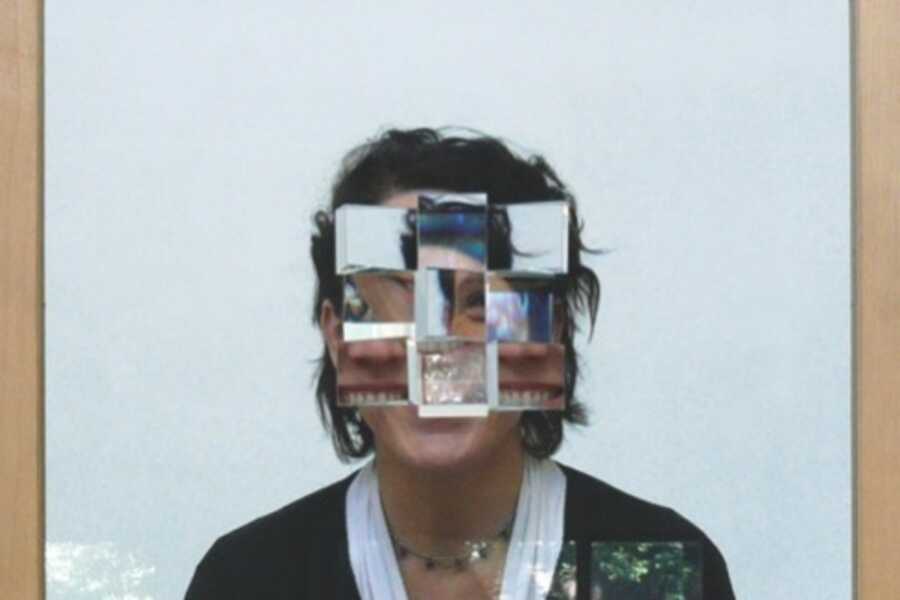Glass refracts light. We have known this since time immemorial. Cut and polished gems also have this property. In my home country Sweden cut crystal is generally associated with large and heavy glass bowls or with gilded chandeliers. I want to approach cut and polished glass from a different
dimension. Bold experimentation, producing constellations of forms that are very carefully calculated, reveal completely new aspects of the refractive capabilities of glass. I often take cast blocks of glass as my point of departure, but I also make use of window glass, which I cut into pieces, grind and polish. Yet nothing of this laborious work is seen in the finished pieces, which the light and its refractions bring strikingly to life.
Witnessed witness: Altering thickness of glass affects perception

Curved or angled glass allows the viewer to see sometimes less, sometimes more. By changing the thickness of the glass images can be multiplied and moved. Below is a picture of a person photographed through a glass window that has prisms mounted on its surface. The metamorphose takes place on both sides of the glass window. The only way to find out what the other person is seeing is if a photograph is taken of what is being witnessed on the other side of the glass. The degree to which an image is scrambled depends on the distance between the viewers and their distances to the glass.

